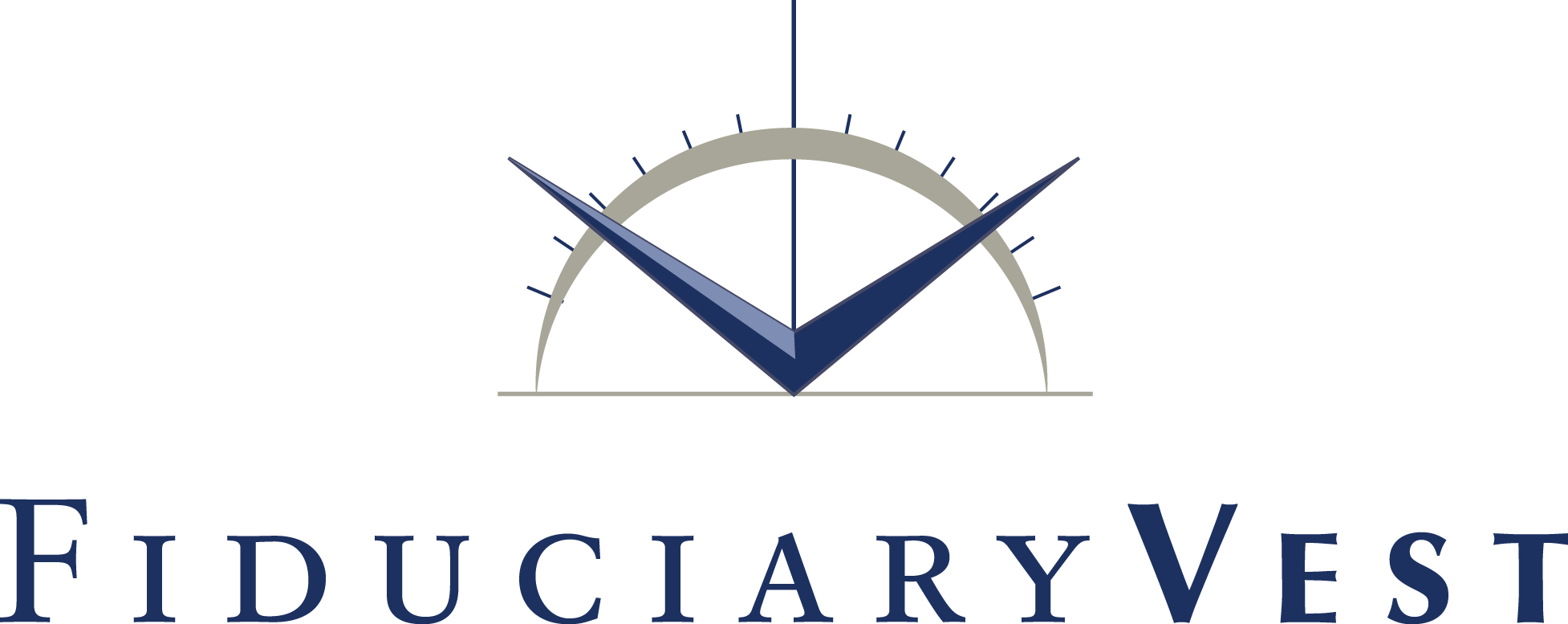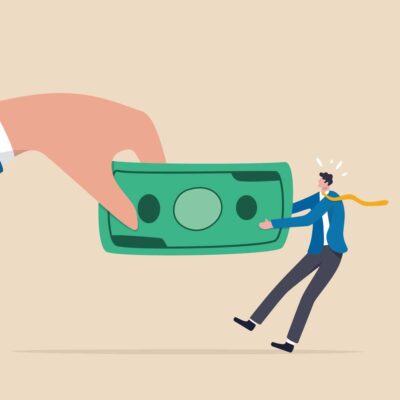
A Nine Trillion Dollar Stock Market Value Loss In Only 6 Months!
Chicken Little Re-appears
Negative 20% stock market return in the first half of 2022*. Turns out the 2022 US economy is also contracting.
*S&P 500 Index 6/30/22

NUTSHELL: What has happened, is happening, and going to happen….
if all goes well?
In the face of a crashing 2020 global economy with no bottom in sight, the Covid pandemic blew the bottom out of worldwide stock markets and quickly drove the US Federal Reserve to crush the cost of money nearly out of existence….
Voile! … a zero percent Fed Funds rate, where it has rested until March 2022. At the time, it was a sensible reaction by the Federal Reserve. But, just as suddenly, in mid/late 2020, the stock market put on a V-shaped recovery that was nearly as steep on the upside as its crash had been… and it kept on chugging… into 2021, a year that saw the S&P 500 index produce a muscular 28% return. In late 2020 and 2021, the “tech sector” revisited valuations that resembled the late-1990s’ dotcom bubble period.
The Fed dealt with a late 2020 consumption-heavy economy that was fat with consumers’ cash savings accumulated during the infamous Covid lockdowns. But those fertile savings were not alone; a bi-partisan US Congress enacted two giant, broadly applied “stimulus” programs ($2 trillion in March 2020, followed by another $ 0.9 trillion in December). In brief, the beginning of 2021 saw an economy injected with cash and pent-up consumer demand, plus the Federal Reserve’s stimulative interest rate policy that, together, were ready to rock-n-roll, especially in purchases of new homes, high-end autos, boats, jewels and Pelotons that so easily floated on cheap (really cheap) borrowed money. And nearly all mortgaged homeowners seized the opportunity to re-finance their way into significantly improved, long term monthly cash flow.
Many pundits, including this writer, believed then and now, that the Fed’s most sensible timing to begin awakening interest rates from their long, zero % snooze was in mid-2021, six months after the 2020 stock market’s Covid recovery and immediately following the March 2021 enactment of a 3rd multi-trillion-dollar Congressional stimulus law to be passed within one year. This problematic, almost $2 trillion cash distribution flood named the American Rescue Plan Act quickly caused the economic punchbowl to overflow. This trio of stimulus legislation immediately cost a little under $5 trillion, which represented 25% of the $21 trillion total US GDP in 2020. [A fourth stimulus legislative proposal (the longer term “Build Back Better” bill) was tabled, but not killed, by two US Senators.]
Footnote: The American Rescue Plan Act plunged the IRS into the cash delivery business with little advance notice; it was suddenly tapped to distribute dollars-per-head cash to nearly all taxpayers (and nearly everyone else who didn’t pay taxes). An already budget-stressed IRS simply broke down; it failed to process millions of 2020 income tax returns that were filed after March 2021. Not many people publicly demanded to know HOW the 2020-21 triple stimulus, multi-trillion-dollar legislative parade was financed. After all, there were no new taxes proposed. It was, in fact, fairly simple: 1. The Treasury issued an avalanche of new debt. 2. The Federal Reserve substantially bought up that new debt and 3. The Fed’s net interest collections from that Treasury debt were and are rebated to the Treasury (as required by law). Notice that the “missing element” in this formula is the source of the Fed’s money used to buy the new debt. That money was, very simply, just created and credited to the Fed’s national banking system.
Ever since the 2008 global financial crisis (GFC), the Fed has been keeping longer-term interest rates low, via its monthly purchases of $60 billion of long-term US Treasury notes and bonds and another $60 billion of home mortgage-backed bonds issued by Ginnie Mae (a US Gov’t agency), Fannie Mae and Freddie Mac (neither of which are Government backed). In recent years, the monthly purchases were shifted more to Treasury bonds.
Before the summer of 2021, wages and prices throughout the US economy were suddenly soaring…. so suddenly that both Fed Chairman Jay Powell and Treasury Secretary Yellen infamously pronounced the ballooning inflation wave to be “transitory.” Within a few months, Powell and Yellen were back to tip their hats and confess the error of their misclassification; the term was officially banished by Powell from the Fed’s lexicon.
Last November, the Fed’s Open Market Committee instructed its market traders for the Fed portfolio to begin “tapering” its $120 billion per month stimulative bond purchases. By that time, the Fed’s investment portfolio had reached a whopping, waaay-unprecedented almost 9,000,000,000,000. (Yes, that’s $9 trillion!)

In January of this year, free market equity traders knew quite enough about the significance and consequences of rampant US inflation. They did not wait for a plodding Fed to declare new interest rate policy; instead, as free markets always do, they interpolated and acted out its consequences. The nearby chart shows how quickly the US stock market down-valued itself by more than 20%, primarily via the trading activities of institutional investors who (a) changed their input math (projected market interest rates) which calculates the fair value of about 1.7 billion equity shares, and simultaneously (b) down-valued bond investments, which had the effect of bumping up current interest yields. [Also: those falling equity market valuations = higher dividend yield-rates.]
The home mortgage market also reacted more quickly than the Fed. Mortgage rates jumped more than 100% during 2022’s first quarter. So, goodbye to 3%, 30-year money (January). Hello 6.3% (June). Also, of course, goodbye to re-financings, and all the jobs that have lived off them for almost a generation.
By March (almost a year late), the Fed was forced to turn its 14-year-old, easy-money interest rate policy on a dime, aiming to strangle the runaway price inflation among and between wages, goods and services. The Fed also began to slowly unwind its bond portfolio at a rate which, if continued, would take about 8 years to get back to its pre-2008 level. Also in March, the Fed finally began puffing coolish air across the aggressively inflating economy. The Fed gave birth to an anemic 0.25% interest rate bump, followed by another 0.5% in Mat and 0.75% in June. On top of that, Chairman Powell promised to continue interest rate hikes, at something like warp speed (but presumably in an orderly fashion) until inflation is conquered. Powell promised to continue interest rate hikes, at something like warp speed (but presumably in an orderly fashion) until inflation is conquered.
By March the Fed was forced to turn its 14 year old, easy-money interest rate policy on a dime.
The Fed’s looming problem for its securities portfolio monster is that it was accumulated in order to continuously inject stimulation into the economy…and it went on for 14 years. So now, in order to cool and tame the economy’s burgeoning inflation monster down to a benign 2% policy target rate, the portfolio must be reduced or offset by many $billions, maybe even a few $trillions, over a period that must be short enough to deal with inflation… now.
[For more perspective on the Fed’s portfolio content and its amazing whop-up during the past 14 years, please see our APPENDIX at the end of this piece.]
BUT there’s already a major problem with the new Fed plan: The nation’s first quarter 2022 economic gauges revealed a US Gross Domestic Product that had actually shrunk by 1.6% (annual rate). Moreover, as of this writing, the respected Atlanta Fed’s economic forecasting model has produced an early estimate that the 2nd quarter result will be another 1.2% (annual rate) GDP shrinkage. Most professional observers consider that two back-to-back negative quarters define a recession. Ever so quietly then, we have apparently arrived at, or are inside of, a recession.
So now the Fed’s broad new interest rate tightening program is likely to unintentionally join the phalanx of recessionary forces.
Sharp price increases… of literally everything… are causing shrinking consumer demand for goods and services, even gasoline; thus, according to the Fed script, raw materials and wages will slow, then cease rising, forcing prices to stabilize.

But wait. A little discussed phenomenon has cropped up this year: At this writing, the euro and the US Dollar are at parity (1 euro = 1 dollar), and the euro is still falling. Thus far in 2022, the euro has fallen 12% against the dollar; moreover, the Japanese yen has also fallen just under 10%. US domestic businesses who sell products internationally are suddenly facing price-driven, reduced demand… a double whammy, because their domestic costs are inflating.
This just in: A generally accepted tool for forecasting a recession has just appeared. There is a yield curve inversion (depicted below when the 10-year Treasury minus the 2-year Treasury turns negative). Moreover, it is the largest inversion since the bad ole days of 2007.
Appendix
Until 2009, the Federal Reserve had balance sheet securities assets, but they weren’t at all significant. Until then, the Fed’s implementation of its two Congressionally authorized jobs… managing US macro-economics in a manner calculated to achieve “full employment” while avoiding general price inflation… did not involve the creation of so much money that the entire US economy (and the world’s) would soar beyond the bounds of gravity. But, over the most recent 14 years since 2008, the continuous and progressive ballooning of the Fed’s money-manufacturing operation is reason enough to focus upon where the Fed has positioned itself. Is it now “out on a limb”? Or is its bloated balance sheet simply a new way of performing its Congressional mandate?
The Federal Reserve’s Investment Securities Portfolio
Typically referred to in the press as its “Balance Sheet”
| Year End | GPD* | Treasury Bills* | Treasury Notes/Bonds* | Home Mortgages* | TOTAL Securities* | % of GDP |
|---|---|---|---|---|---|---|
| 1996 | $8,362 | $195 | $200 | 0 | $395 | 4.7% |
| 2000 | 10,470 | 182 | 333 | 0 | 515 | 4.9 |
| 2005 | 13,599 | 271 | 469 | 0 | 740 | 5.4 |
| 2007 | 14,706 | 241 | 512 | 0 | 754 | 5.1 |
| 2010 | 15,351 | 18 | 1,139 | $1,001 | 2,157 | 14.0 |
| 2015 | 18,425 | 0 | 2,494 | 1,753 | 4,247 | 23.0 |
| 2020 | 22,038 | 326 | 4,343 | 2,066 | 6,745 | 30.6 |
| 2021 | 24,386 | 326 | 5,328 | 2,635 | 8,289 | 34.0 |
| 2022 | 326 | 5,438 | 2,722 | 8,486 |
Source: US Federal Reserve and St Louis Federal Reserve Bank
Commentary
Commentary was prepared for clients and prospective clients of FiduciaryVest LLC. It may not be suitable for others, and should not be disseminated without written permission. FiduciaryVest does not make any representation or warranties as to the accuracy or merit of the discussion, analysis, or opinions contained in commentaries as a basis for investment decision making. Any comments or general market related observations are based on information available at the time of writing, are for informational purposes only, are not intended as individual or specific advice, may not represent the opinions of the entire firm and should not be relied upon as a basis for making investment decisions.
All information contained herein is believed to be correct, though complete accuracy cannot be guaranteed. This information is subject to change without notice as market conditions change, will not be updated for subsequent events or changes in facts or opinion, and is not intended to predict the performance of any manager, individual security, currency, market sector, or portfolio.
This information may concur or may conflict with activities of any clients’ underlying portfolio managers or with actions taken by individual clients or clients collectively of FiduciaryVest for a variety of reasons, including but not limited to differences between and among their investment objectives. Investors are advised to consult with their investment professional about their specific financial needs and goals before making any investment decisions.
Investment Risk
FiduciaryVest does not represent, warrant, or imply that the services or methods of analysis employed can or will predict future results, successfully identify market tops or bottoms, or insulate client portfolios from losses due to market corrections or declines. Investment risks involve but are not limited to the following: systematic risk, interest rate risk, inflation risk, currency risk, liquidity risk, geopolitical risk, management risk, and credit risk. In addition to general risks associated with investing, certain products also pose additional risks. This and other important information is contained in the product prospectus or offering materials.





